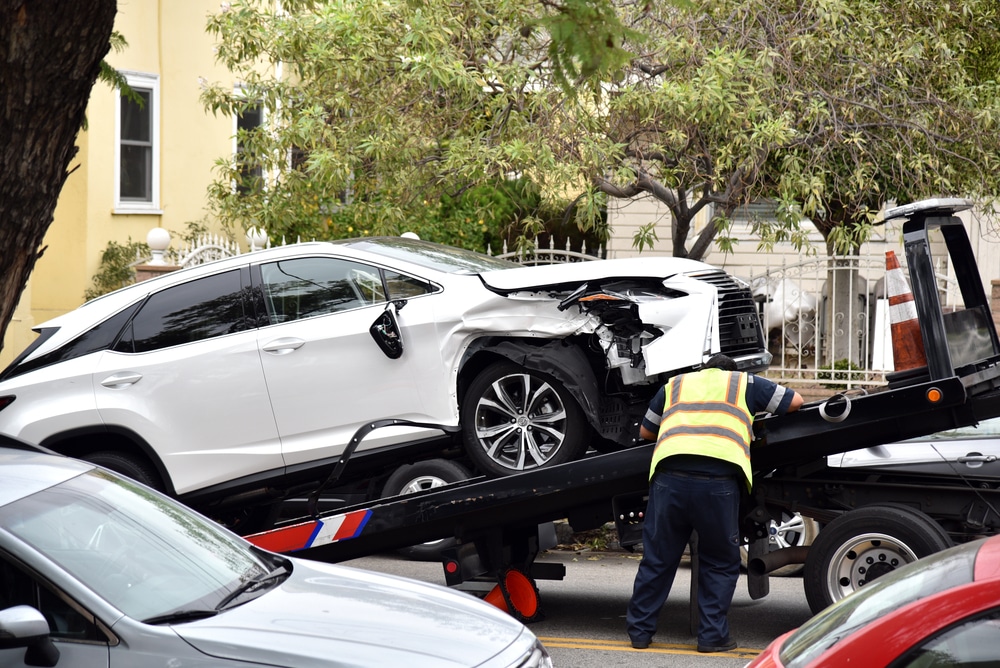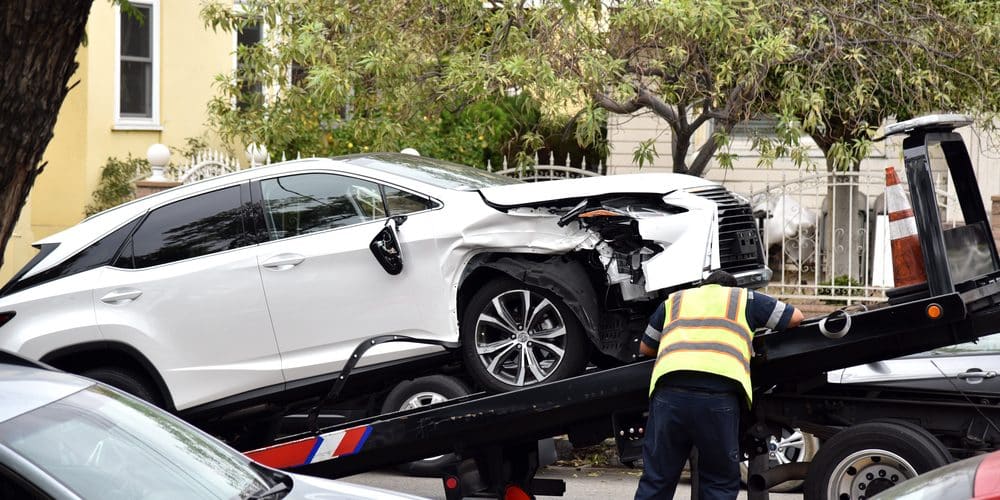A knee injury can be very painful as it can affect any of the tendons, ligaments or fluid-filled sacs surrounding the knee joint as well as cartilage, bones and ligaments that create the joint itself. Because the knee is so complex, the symptoms and pains of a knee injury can vary widely. When driving or riding in an automobile, there are various factors – such as seat placement, your own height, seated position, dashboard height, among others – that can lead to serious knee injuries in the event of an automobile accident.
Common Knee Injuries
Ligament – Injuries to the knee’s ligaments can be caused by the knee being struck, twisted or extended beyond normal reach during an automobile accident. A tear can cause immediate pain, a popping sound, the inability to bend down on the knee and a feeling that the knee might give out.

A knee injury can affect any of the tendons, ligaments or fluid-filled sacs surrounding the joint as well as the cartilage, bones and ligaments that create the joint itself.
Bursitis – Some injuries to the knee are caused by inflammation in the bursae, a fluid-filled sac that cushions the knee from tendons and ligaments. Bursitis may lead to swelling, warmth, redness, pain, stiffness and fever which might occur after being in a kneeling position for a prolonged period of time.
Tendon Injuries (tendinitis) – This is the swelling, irritation and inflammation of the tendons located in the knee. Symptoms include pain in the knee, swelling around the knee, pain that worsens when jumping, running, squatting or climbing and the inability to extend the knee completely.
Meniscus – The meniscus is the curved cartilage within the joint of the knee. This injury involves the tearing of the cartilage. Symptoms include pain, swelling and the inability to extend the knee out completely.
Rheumatoid Arthritis – This is the most debilitating of all types of arthritis. It causes joints in the knees to become swollen, warm and tender.
Dislocated Kneecap – This injury occurs when the kneecap comes out of place. The kneecap usually will be able to move excessively and swelling, intense pain and difficulty walking or extending the knee may be experienced.
Loose Body – Sometimes degeneration or injury to the bone or cartilage of a knee can cause part of it to break off into the joint space. Problems usually do not occur unless it interferes with the movement of the joint.
Osgood-Schlatter Disease – This usually occurs more in children, especially teen and pre-teen athletes. Swelling of the cartilage, bone and/or tendon is felt where it attaches to the kneecap. Pain, swelling and tenderness can all be experienced.
Iliotibial Band Syndrome – This occurs as the ligament from the outside of the pelvic bone to the tibia becomes too tight and rubs against the femur. Sharp, burning pain is associated with this.
Hyperextension – This injury occurs when the knee is overextended. Sometimes, the damage is minor with slight swelling and pain.
Septic Arthritis – Infection in the knee can lead to pain, swelling and redness. There is typically no trauma that causes it and is often seen with fever.
Osteoarthritis – This is the most common arthritis and is the wearing on the cartilage of the knee that occurs with use and age and tends to cause pains, swelling, stiffness, popping sounds and a loss of flexibility.
Gout and Pseudogout – Types of arthritis that may cause redness, swelling and intense pain.
Chondromalacia of the Patella – This is the pain between the patella and the femur. It’s common in young adults, athletes and older adults. Pain and a grinding sensation may be experienced.
Treatment
It is possible to treat a knee injury yourself if it is not too severe or disabling. This may include rest, icing and elevating the knee. Sometimes, anti-inflammatory medications can be used to reduce pain and swelling. If improvement is not seen within a week of self-treatment, a doctor or specialist should be seen.


